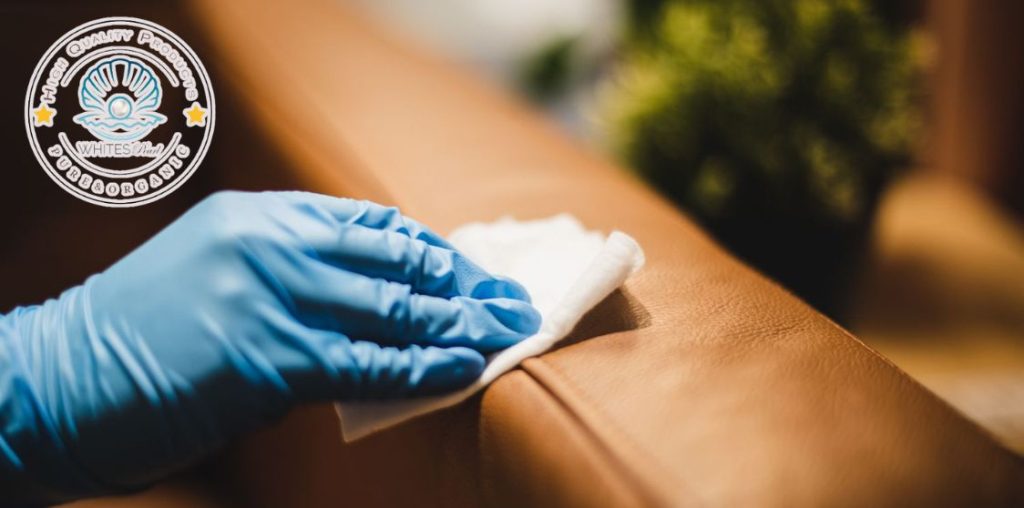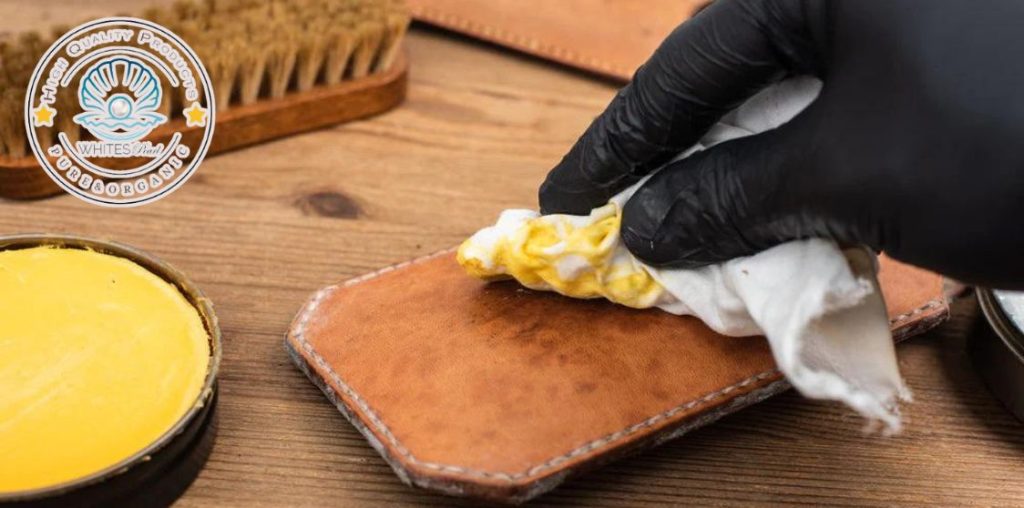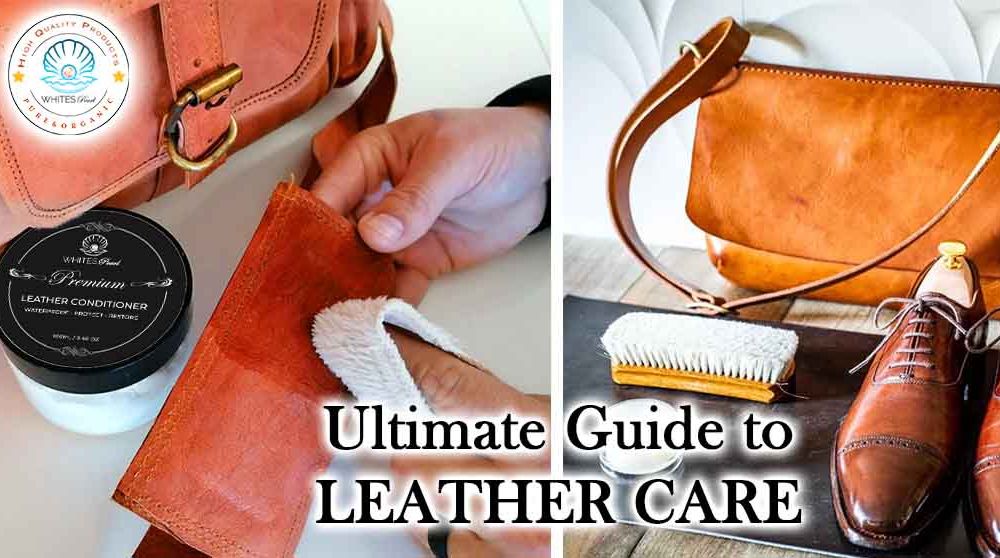
Leather is a durable, stylish, as well as an elegant material that can last a lifetime if you take care of it as leather care is an important aspect of owning leather. It is common for leather to become dirty, scratched, as well as soiled with time. The amount of dirt harbored depends on the type of leather product and its usage. Take leather shoes and leather furniture as an example. Leather shoes tend to get dirtier as compared to leather furniture, as they are exposed to various elements like dirt, water, and dry conditions.
When leather is exposed to these elements, it requires proper cleaning and conditioning. Failure to do so will lead to leather damage. Let’s take a look at some simple leather care tips that will enhance the lifespan of your leather.
Leather Care
Ultimate Guide to Leather Care
First Step to Leather Care – Start with Cleaning of Dirty Worn-Out Products

Even though real leather is quite durable it still needs maintenance and cleaning. It is vital to clean your leather products of stains, soil, grease, and other forms of dirt to prolong its lifespan. If you don’t regularly clean your leather, it will absorb the dirt, becoming discolored and contaminated. Therefore it is recommended to remove dirt and stains from leather as soon as possible. The first step to leather care is cleaning, and when it comes to cleaning, make sure that you remove all the dirt all the while preventing leather from excessive drying.
When cleaning leather, spray a small amount of leather cleaner on the leather product or take a lint-free cloth, spray it with the cleaner, and apply the cleaner with the cloth on the leather. Remove the dirt and grime by gently massaging the cleaner on the leather and concentrating on stained and heavily soiled areas. Keep in mind to always perform a patch test before applying any product to your leather. Once you have cleaned your leather, leave it out to dry completely.
Keep in mind that when cleaning leather stay away from harsh soaps, strong chemicals, and baby wipes as they can damage the leather. If you have ink marks on your leather, it is of vital importance that you remove them as soon as possible, before the ink penetrates into the deeper layer of leather, causing more damage. However, if you are unable to do that, take your leather to a professional and get it cleaned. Also, keep in mind not to use water on grease stains as by doing so you will only spread them.
Step 2 of Leather Care – Use a Quality Leather Conditioner to Conditioner Leather

Conditioning leather every 6 or 12 months is of vital importance as it provides nourishment and adds moisture to the leather. Make sure to opt for a reputable leather conditioner like Whites Pearl Leather Conditioner to protect your leather from harm. With time, leather tends to dry out, crack, and peel, therefore, to preserve its elegance and charm, conditioning leather regularly is important.
If your leather is new, make a habit of conditioning it as it will keep its surface soft, and supple. Conditioner also adds to the flexibility of leather, preventing dryness, and maintaining its allure. How frequently you condition the leather and the amount of conditioner applied depends on the type of leather. Like for example oil oil-tanned leather products are water-resistant, oil-resistant, and perspiration-resistant and hence need less conditioner as compared to other kinds of leather.
During leather care, conditioning is the second step. The first step is to thoroughly clean the leather. Once it’s done, take a clean, soft, lint-free cloth, apply a bit of a conditioner to it, and then gently wipe the cloth on your leather in a circular motion.
Keep in mind to never apply leather conditioner directly on the leather as doing so will cause more product to be absorbed at first application resulting in an uneven appearance. Allow the conditioner to dry for at least two hours, if you have time it’s best to let it dry overnight. Once it is dry, gently wipe off excess product. If the leather still appears dull and worn-out, you can apply another coat of conditioner to it.
Leather Care Tips

Leather Care Tip 1 – Avoid Water and Salt
Salt and water are the sworn enemies of leather. If water comes in contact with untreated or raw-cut leather, it results in the darkening of the leather and also impacts its texture and softness. When a mixture of salt and water comes in contact with leather, the point of contact will start to deteriorate. In case such a contact occurs, prompt action is advised otherwise your leather will be left with a ridge on its surface.
Leather Care Tip 2 – Avoid Exposure to Sun
Sun and heat are the two foes of leather. If leather is exposed to sun and heat for a long time, it will have an impact on the quality and feel of leather. Therefore, make sure not to leave or store leather in areas that receive direct sunlight. In case your leather gets wet, allow it to dry naturally and neither use heat nor sun to dry it, as doing so will dry out the leather, resulting in cracks.
Leather Care Tip 3 – Stay Away from Olive Oil
The internet is full of articles that talk about DIY leather conditioners or using olive oil as a leather conditioner. However, when it comes to leather, never ever use DIY conditioners or olive oil as you will end up damaging the leather. The olive oil will add a momentary shine to your leather, however, will also accelerate its deterioration. Furthermore, olive oil will also seep into the layers of leather and will resurface after some time covering leather in unsightly oil spots that will be difficult to remove.
Also Read
Advantages of a Leather Conditioner
6 Major Causes of Leather Damage
Ultimate Guide to 5 Types of Leather


